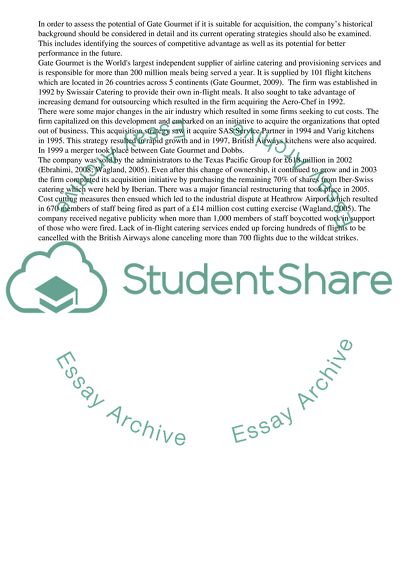Cite this document
(Will Gate Gourmet Remain in the Market Case Study, n.d.)
Will Gate Gourmet Remain in the Market Case Study. Retrieved from https://studentshare.org/business/1720853-strategic-issues-in-hospitality-management
Will Gate Gourmet Remain in the Market Case Study. Retrieved from https://studentshare.org/business/1720853-strategic-issues-in-hospitality-management
(Will Gate Gourmet Remain in the Market Case Study)
Will Gate Gourmet Remain in the Market Case Study. https://studentshare.org/business/1720853-strategic-issues-in-hospitality-management.
Will Gate Gourmet Remain in the Market Case Study. https://studentshare.org/business/1720853-strategic-issues-in-hospitality-management.
“Will Gate Gourmet Remain in the Market Case Study”, n.d. https://studentshare.org/business/1720853-strategic-issues-in-hospitality-management.


